Implementing the policy of restructuring and reorganizing administrative units at all levels, after publicizing the Project to reorganize Gia Lai province with Binh Dinh province and the Project to reorganize commune-level administrative units in the province, Binh Dinh province urgently sought opinions from voters and people, promoted the spirit of democracy, and created social consensus.
Repositioning space, expanding development scope
The process of formation and development of local government in our country is associated with the process of organizing 3-level administrative units (province, district, commune) that has been stable throughout the period from the early days of the country's founding until now.
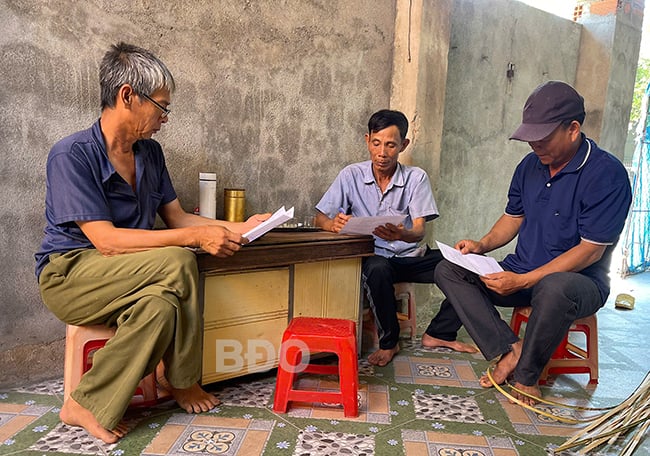 |
Voters and people of Hao Nghia village, Tay An commune, Tay Son district study and give opinions on the Project to arrange administrative units at all levels. Photo: DVCC |
In the context of the country starting the process of innovation and international integration, the international political situation has many fluctuations, socio-economic conditions still face many difficulties, technical infrastructure is still lacking, the organization of local government into 3 levels and the trend of separating administrative units is to facilitate population management, planning and socio-economic development in each administrative unit.
However, the division of administrative units and the application of the 3-level local government model also causes many shortcomings, disperses resources and fails to promote development potential; increases the number of administrative units, agencies, organizations and staff, leading to a cumbersome government apparatus.
Merge Gia Lai and Binh Dinh provinces to establish Gia Lai province. The name and location of the political-administrative center are two issues that have received the attention of cadres, party members and people in the province over the past time and have been summarized, proposed and recommended by the Standing Committee of the Provincial Party Committee. The proposals and recommendations of Binh Dinh province in particular and many provinces in the country in general have been fully compiled and thoroughly analyzed by the Central Government. However, based on the criteria and principles for naming and location of the political-administrative center and the context and requirements of the current practical situation, the Central Government has agreed to the proposed name of Gia Lai province and the proposed location of the political-administrative center in Quy Nhon City. The merger of Binh Dinh and Gia Lai provinces, along with the arrangement of commune-level administrative units, will create development opportunities for Gia Lai province (new), turning it into a new economic center of the Central Highlands region. |
The digital transformation context helps to solve administrative procedures through online public services, regardless of administrative boundaries, creating convenience for people and businesses, while ensuring inspection work by state agencies. Many intermediate management tasks are replaced by electronic software, reducing administrative organization and payroll.
The rearrangement of administrative units aims at the highest goal of developing the country, expanding the development space for new administrative units, promoting the leading role of dynamic regions, economic corridors, and growth poles; prioritizing the arrangement of mountainous and delta administrative units with coastal administrative units; harmoniously and reasonably combining adjacent administrative units in line with development orientation requirements to support each other, jointly promoting economic development after the rearrangement and the requirements and orientations for rapid and sustainable development of the country in the new period. Prioritizing the arrangement of free trade zones, industrial parks and clusters, urban areas, seaports, logistics, reservoirs, hydroelectric dams, etc. within the scope of 1 commune-level administrative unit to facilitate state management.
Arranging administrative units and building a 2-level local government organization model is an urgent and inevitable requirement to reposition the natural and economic development space, linking history, culture, and geography to form an administrative-economic entity of sufficient scale. From there, expanding the scope of development along with innovation, improving governance capacity to be strong enough, highly competitive to integrate into national and global value chains. More importantly, it is to aim towards the goal of forming digital government, digital governance, developing smart cities, integrated economic zones, and flexible administration to help administrative transactions be processed quickly, transparently, saving time and costs for people and businesses.
Urgent, ensuring democracy
According to Director of the Department of Home Affairs Le Minh Tuan, the spirit of implementing tasks related to the arrangement of administrative units is "running and lining up at the same time". Due to the extremely strict requirements on the timelines for implementation and completion, the work of collecting voters' and people's opinions took place on April 19 and 20.
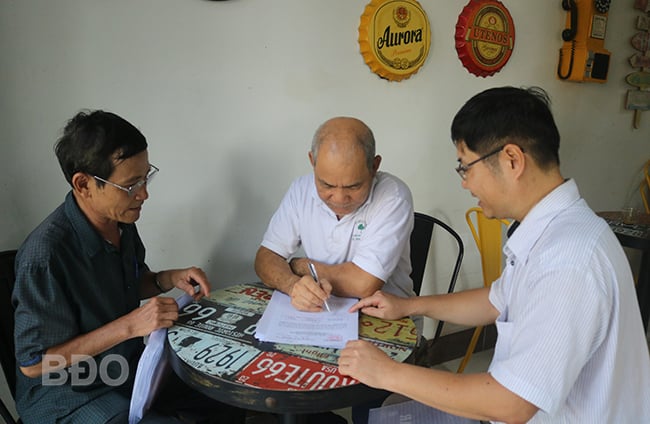 |
Localities in Quy Nhon City directly go to households to propagate and collect opinions on the Project on administrative unit arrangement. all levels. Photo: NGUYEN NGUYET |
Organizing to collect opinions from voters and people not only demonstrates the democratic spirit but also demonstrates responsibility and openness in implementing the policy of rearranging administrative units. Through that, many valuable contributions can be synthesized to report to superiors, as a basis for completing the plan to submit to the Central Government, ensuring the highest feasibility for upcoming decisions.
Implementing Plan No. 77/KH-UBND dated April 17, 2025 of the People's Committee The province has collected voters' opinions and submitted them to the People's Councils at all levels for approval on the Project to rearrange Gia Lai province with Binh Dinh province and the Project to rearrange commune-level administrative units in the province. From 7:00 a.m. on April 19, all groups collecting voters' opinions in each village and neighborhood in the province have divided into many groups to directly implement at households to ensure requirements on implementation progress, democracy, objectivity, and compliance with regulations.
Mr. Ton Long Dung - Party Cell Secretary, Head of Ward 1, Quang Trung Ward (Quy Nhon City) informed: In order to be able to deploy quickly and smoothly, on the evening of April 18, the ward organized a military-civilian meeting to deploy the work. 15 residential groups were divided into 7 clusters to collect people's opinions. Each cluster will be in charge of 3-5 people who are members of the voter opinion collection group.
“By noon on April 19, the voter consultation team had completed 70% of the task of collecting public opinions (out of a total of 1,218 households in Ward 1). After that, we continued to collect public opinions, in parallel with collecting statistics and reporting data,” Mr. Dung added.
Ms. Le Thi Dao, Head of the Voter Opinion Gathering Team in Xuan Phong Nam Village, An Hoa Commune (An Lao District), said that the work of gathering opinions took place over the weekend, coinciding with the winter-spring rice harvest, so it was somewhat difficult to reach the people. The team took advantage of the time from 4:30 p.m. to 9:00 p.m. on April 19 to visit each household. However, there was a power outage on the night of April 19, so opinions could only be gathered at households with solar lights. On the morning of April 20, the team worked urgently and completed the work of gathering opinions in the early afternoon, quickly compiling statistics to send a report to the Commune People's Committee.
Mr. Pham Viet Tuan, 44 years old, in Quarter 11, Dong Da Ward (Quy Nhon City) shared: “I really appreciate the local government's organization to collect people's opinions at home. Recently, we have been very interested in information about the rearrangement of administrative units. Basically, I agree with the plan to rearrange and name the ward where I live - Quy Nhon Ward, and agree with the plan to merge Binh Dinh and Gia Lai provinces”.
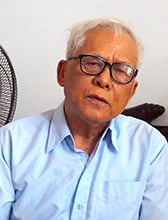 |
• MR. LE VAN QUANG, 80 YEARS OLD, IN GROUP 7A, WARD 1, QUANG TRUNG WARD, QUY NHON CITY:
Naming new communes and wards is a good and reasonable idea.
Before the information about the proposed names of the wards/communes after the rearrangement, I was very worried. In my opinion, if the name of the wards/communes after the rearrangement is chosen to be one of the names of the old wards/communes, it will lead to a comparison mentality among the residents of the remaining wards/communes. Moreover, each name of district, town, city in the province is associated with traditional, historical, economic meanings, especially in terms of tourism development. From my perspective, keeping the district name and adding geographical elements (East, West, South, North) or serial numbers to the new wards is a good and reasonable idea.
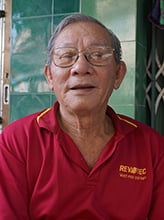 |
• MR. DINH HUU LY, 80 YEARS OLD, IN GROUP 61, WARD 11, DONG DA WARD, QUY NHON CITY:
Regret for the name Binh Dinh
I fully support this decision, aiming to streamline the apparatus and expand the scale of localities, creating conditions for stronger development in the future. However, what makes me and many people around me feel regretful is that the name Binh Dinh will no longer exist after the two provinces are merged. It is not just a name, but also a part that is deeply attached to every Binh Dinh citizen since birth.
NGUYEN MUOI
Source: https://baobinhdinh.vn/viewer.aspx?macm=1&macmp=1&mabb=354637


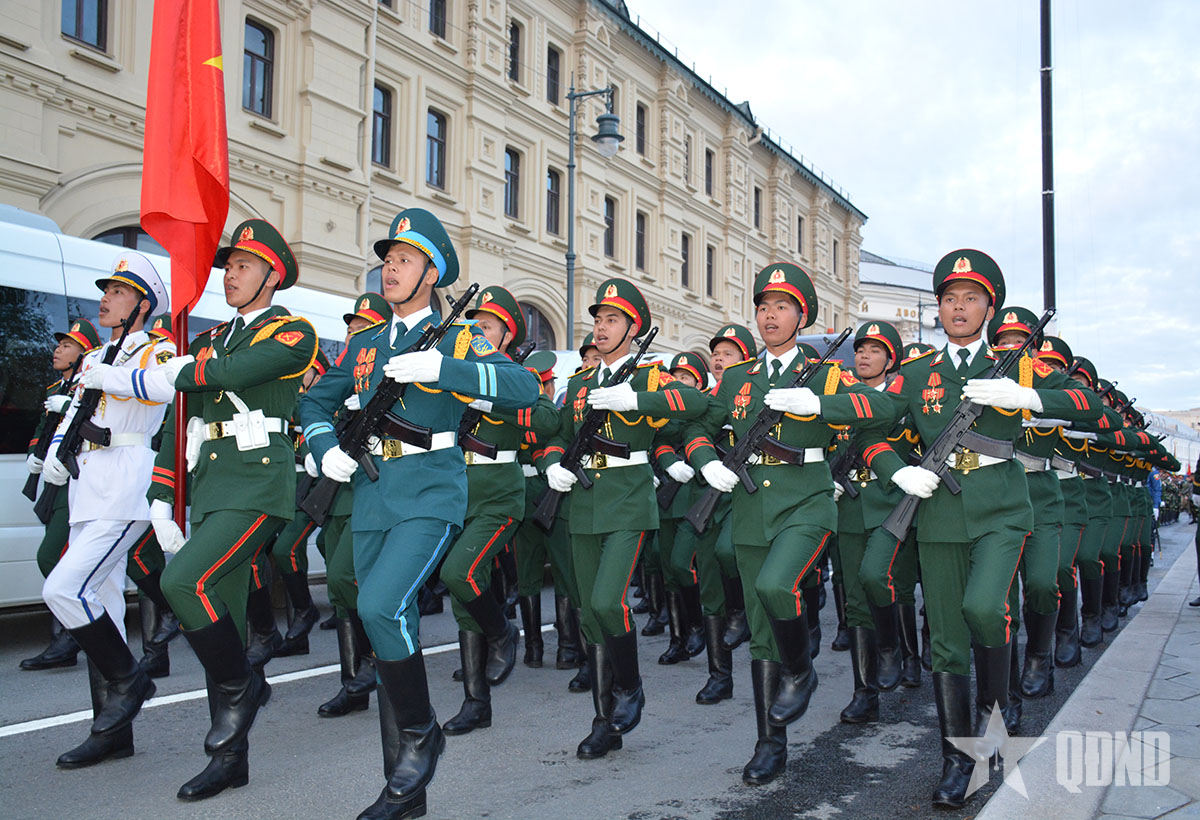


![[Photo] Vietnam shines at Paris International Fair 2025 with cultural and culinary colors](https://vstatic.vietnam.vn/vietnam/resource/IMAGE/2025/5/4/74b16c2a197a42eb97597414009d4eb8)
![[Photo] Bus station begins to get crowded welcoming people returning to the capital after 5 days of holiday](https://vstatic.vietnam.vn/vietnam/resource/IMAGE/2025/5/4/c3b37b336a0a450a983a0b09188c2fe6)
![[Photo] General Secretary To Lam receives Sri Lankan President Anura Kumara Dissanayaka](https://vstatic.vietnam.vn/vietnam/resource/IMAGE/2025/5/4/75feee4ea0c14825819a8b7ad25518d8)
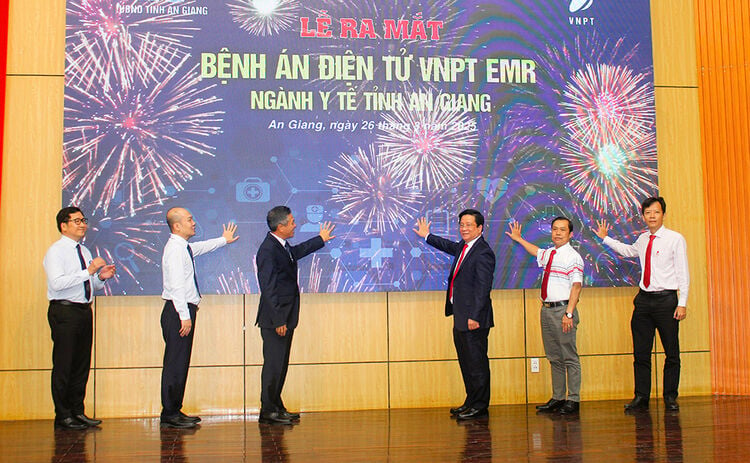


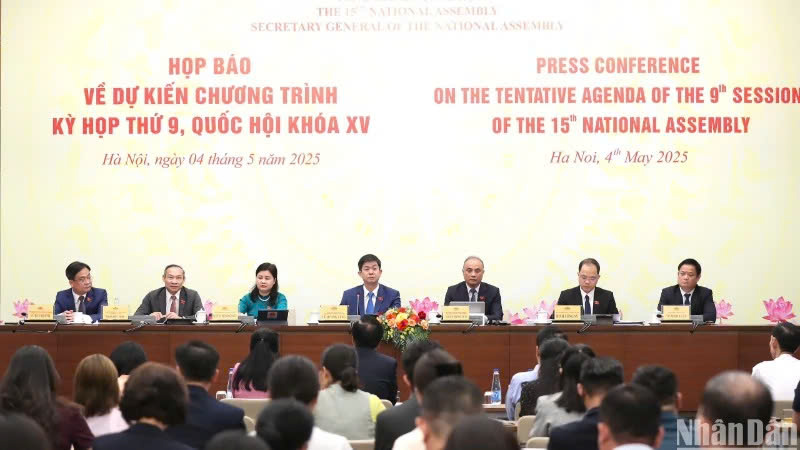




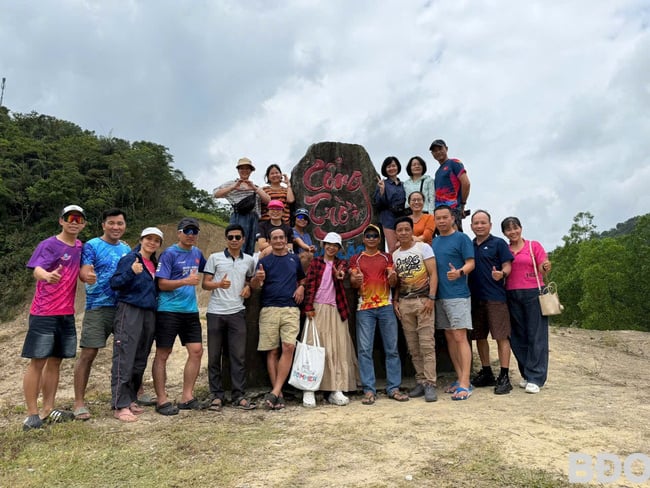

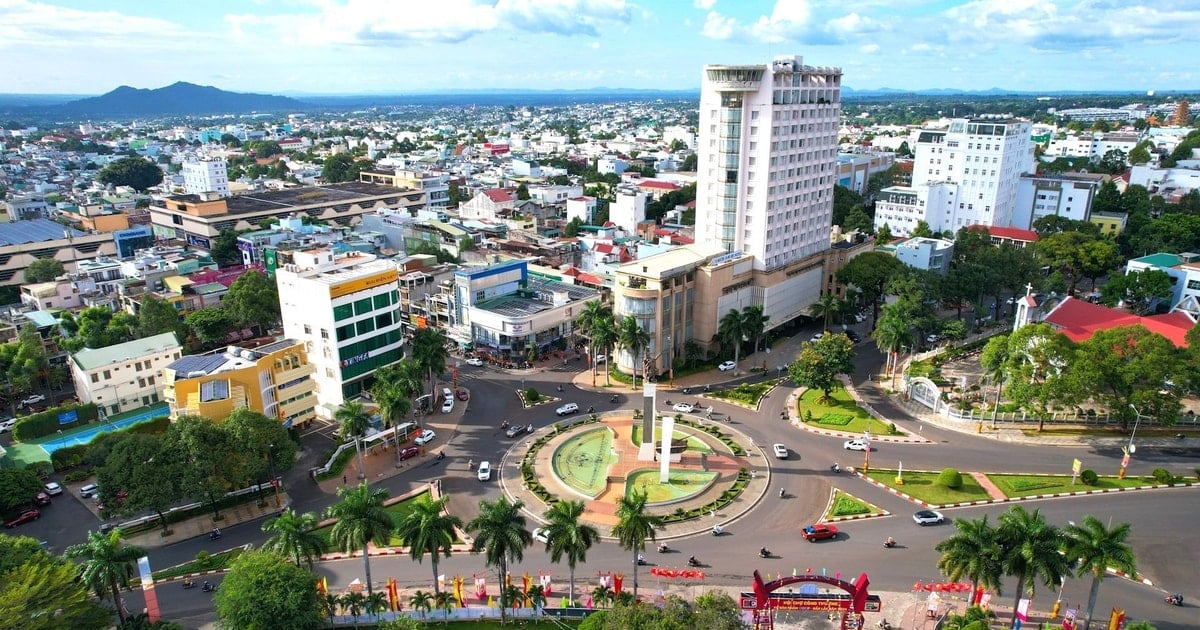





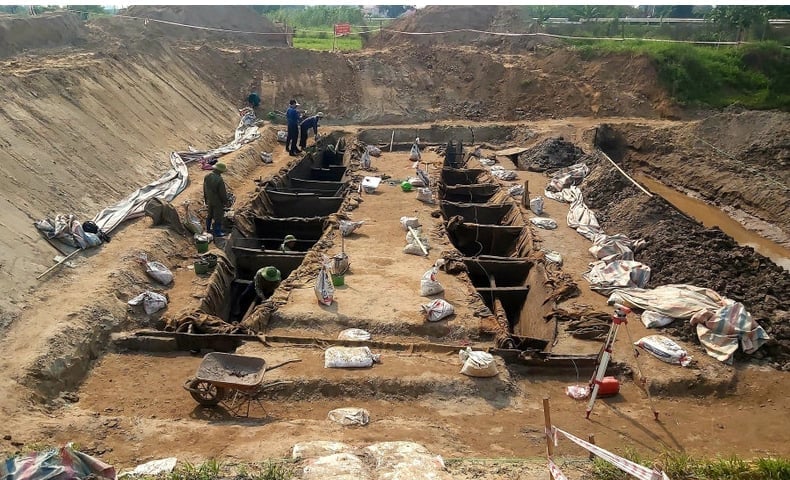



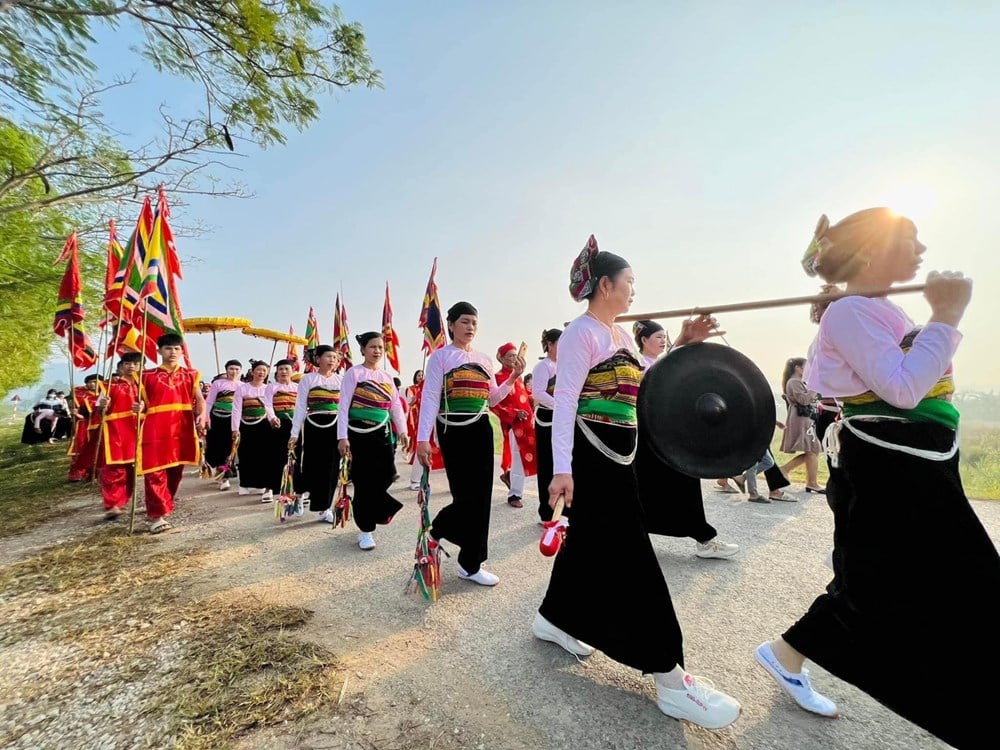

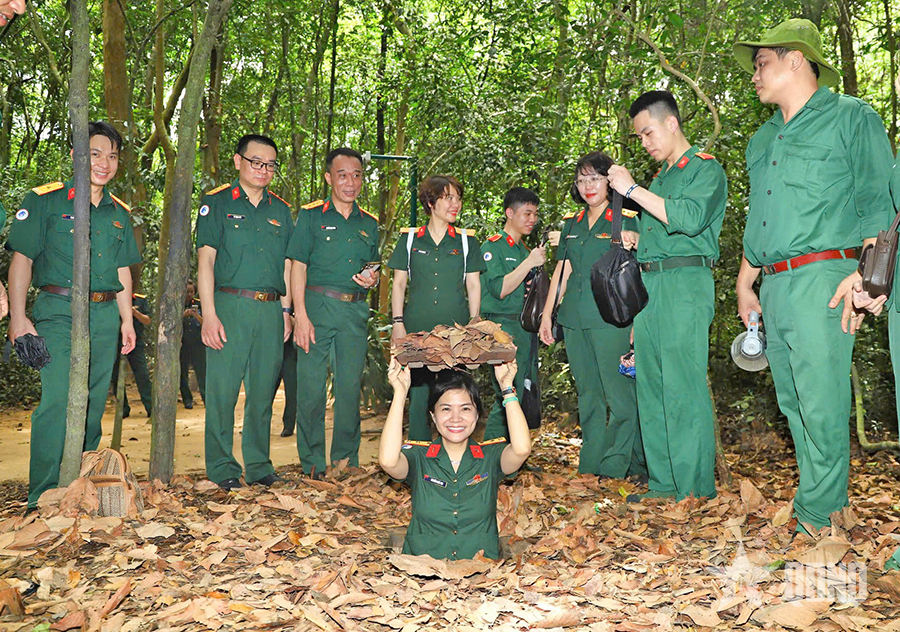

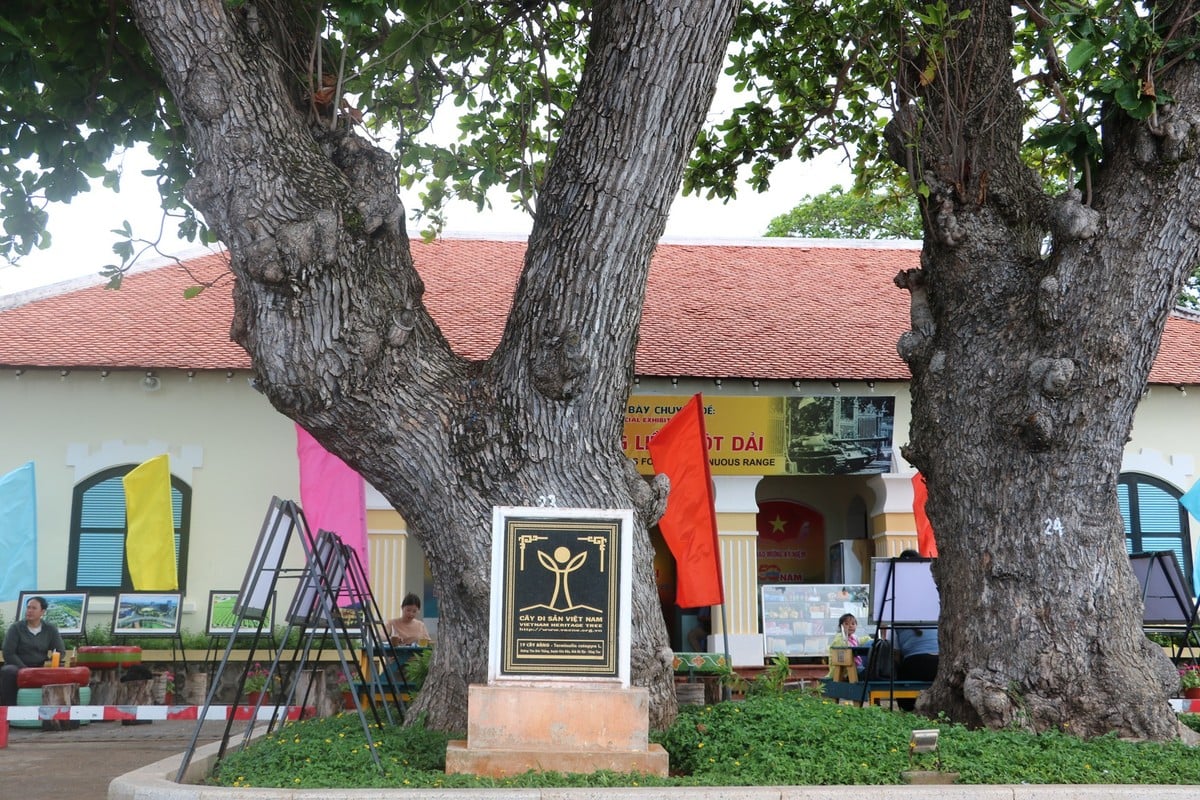

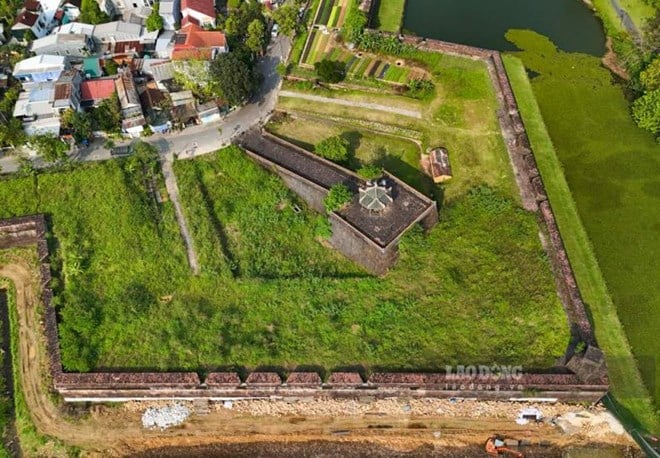




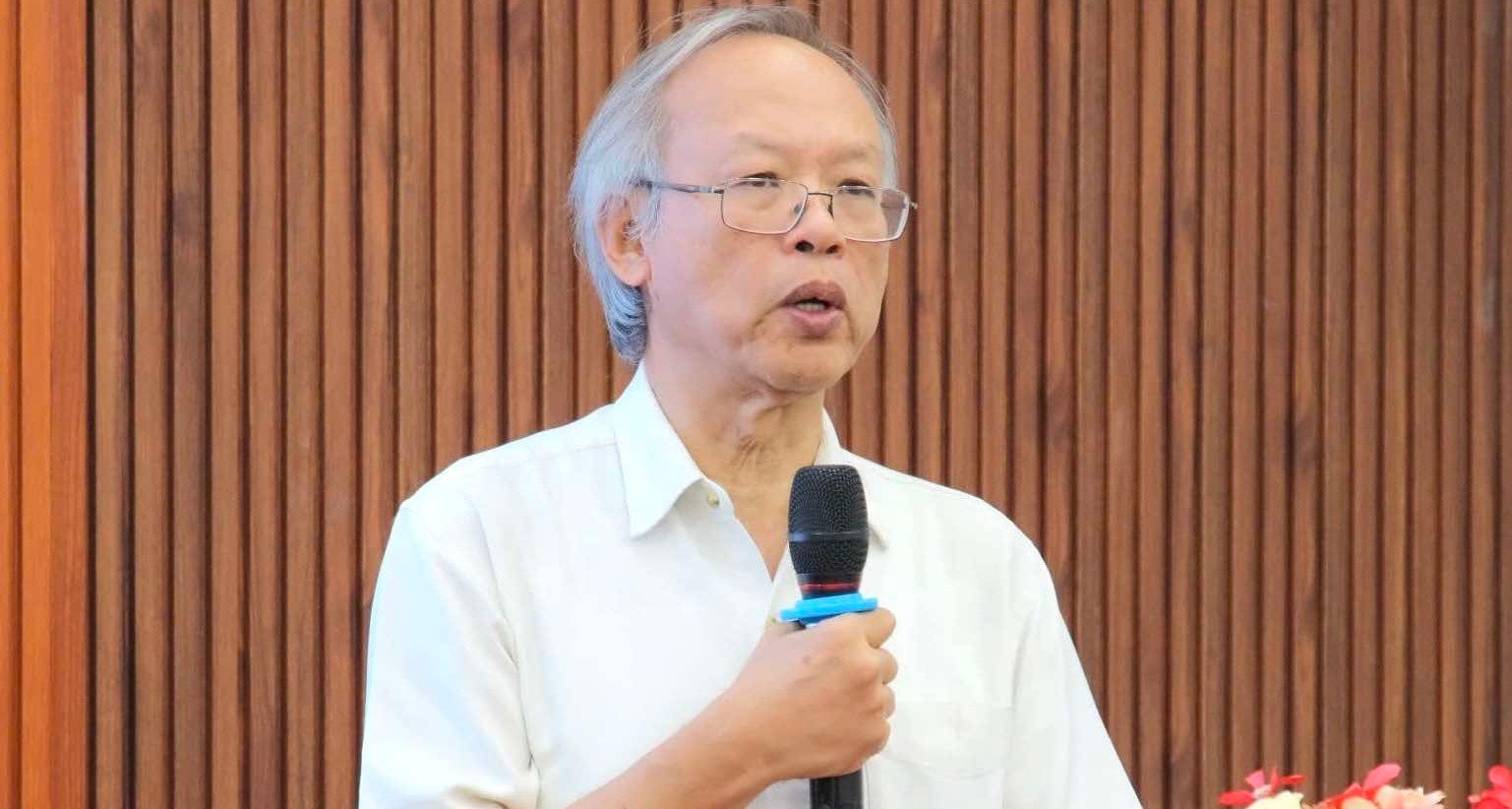


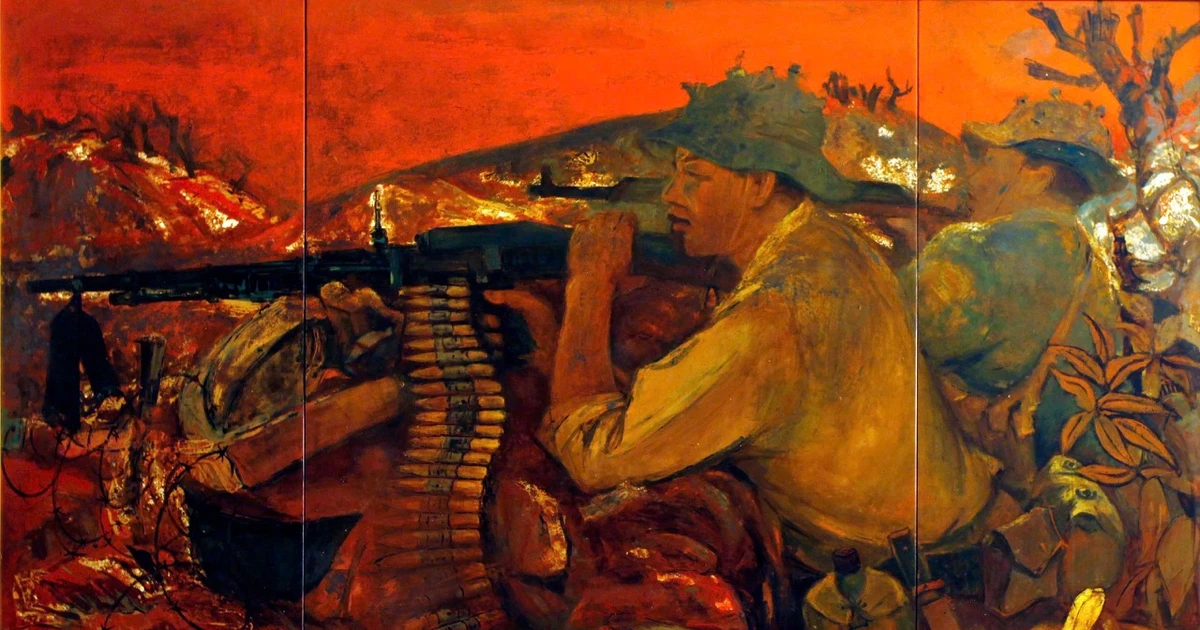



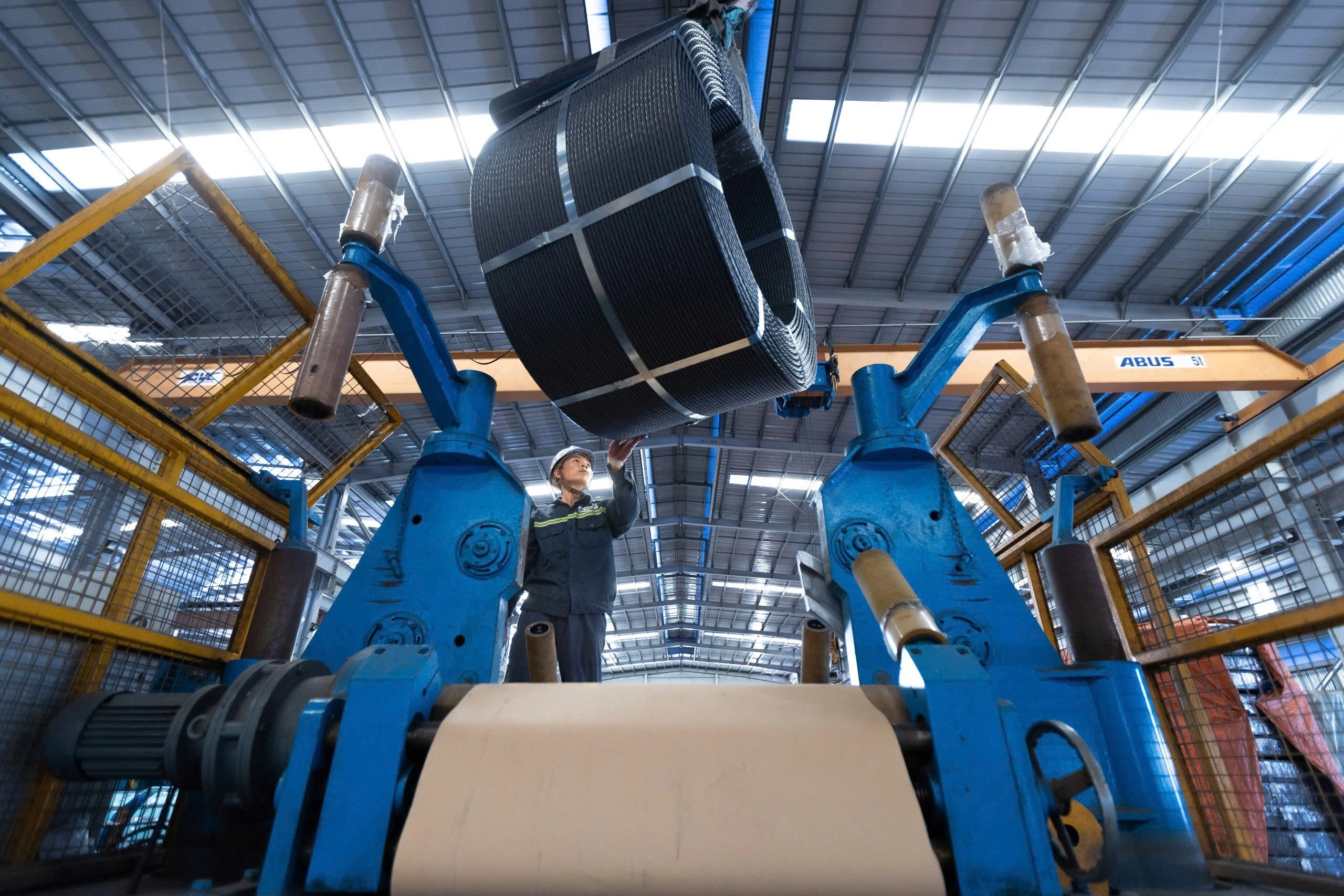



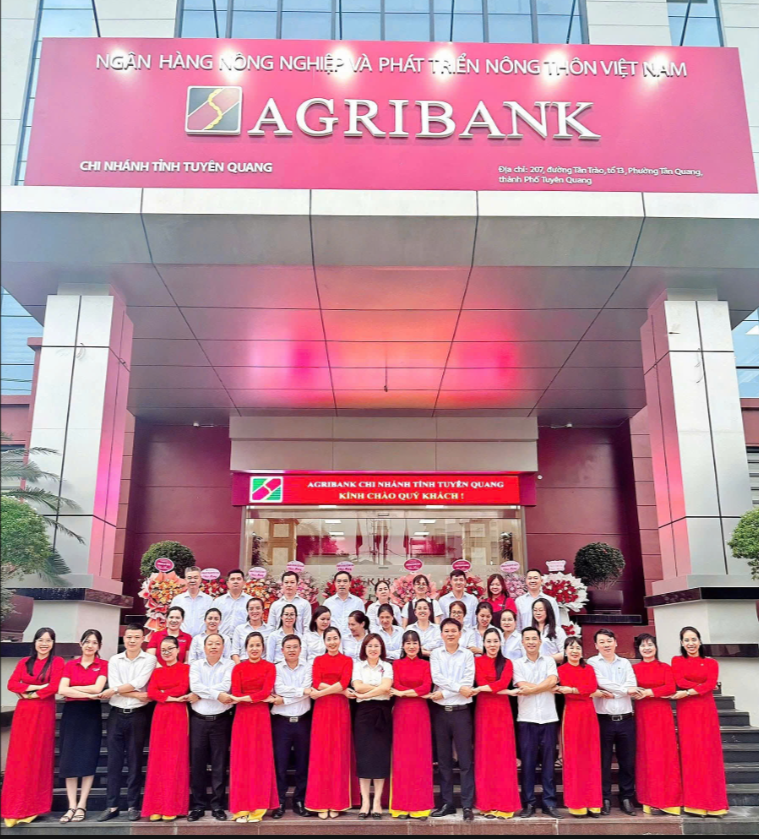
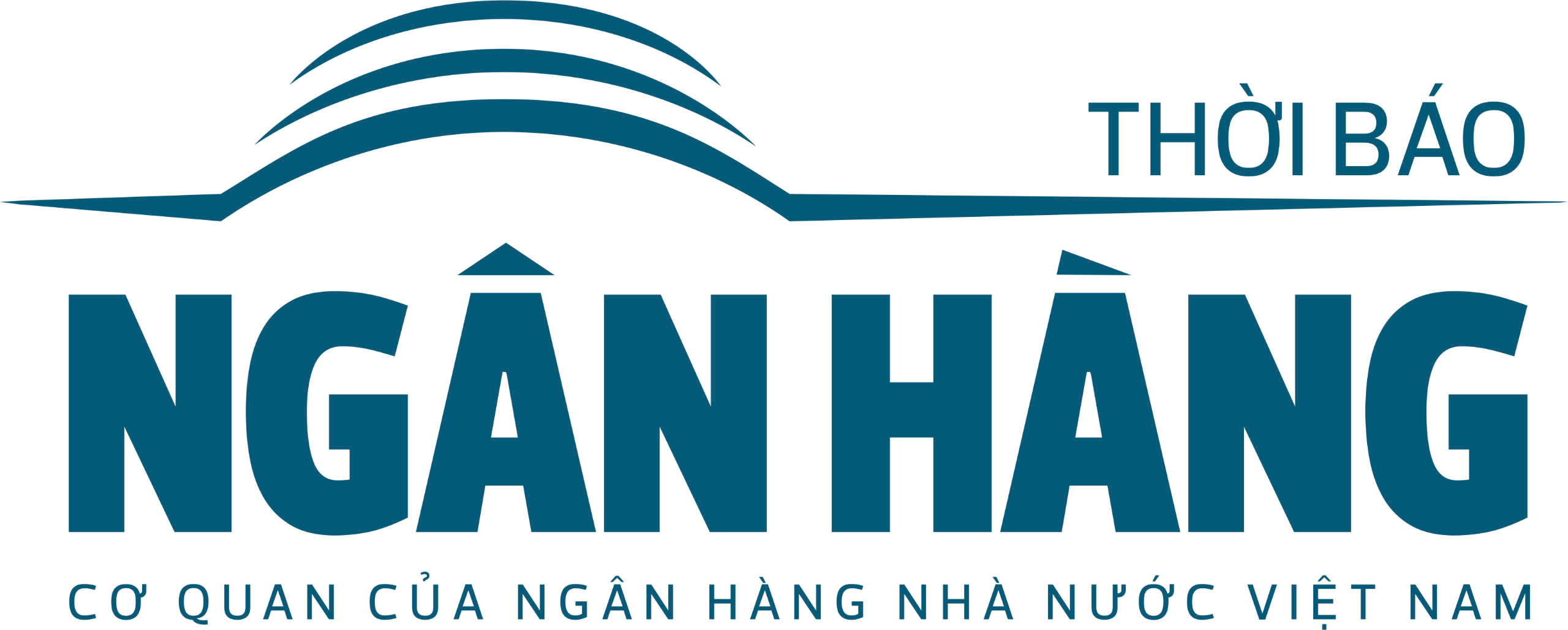










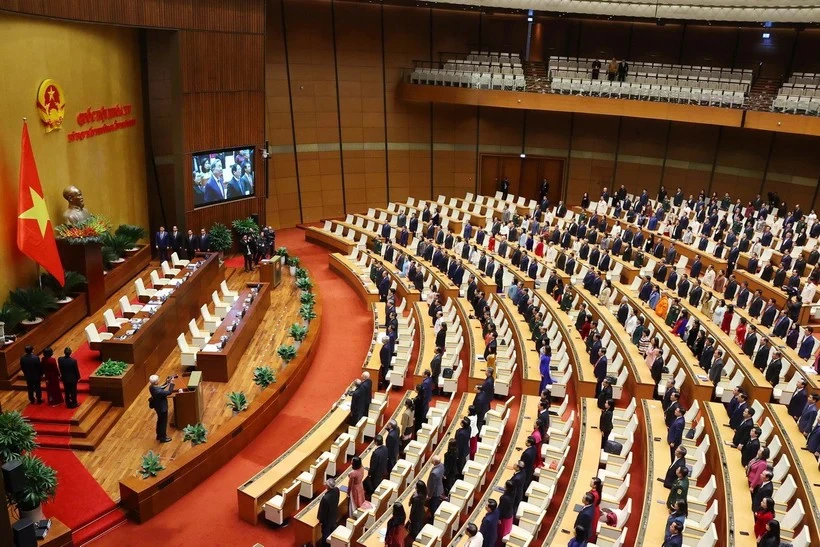





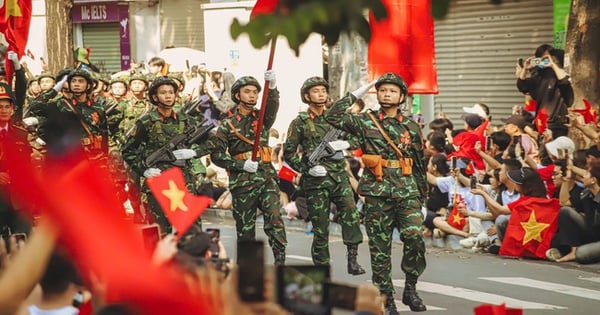





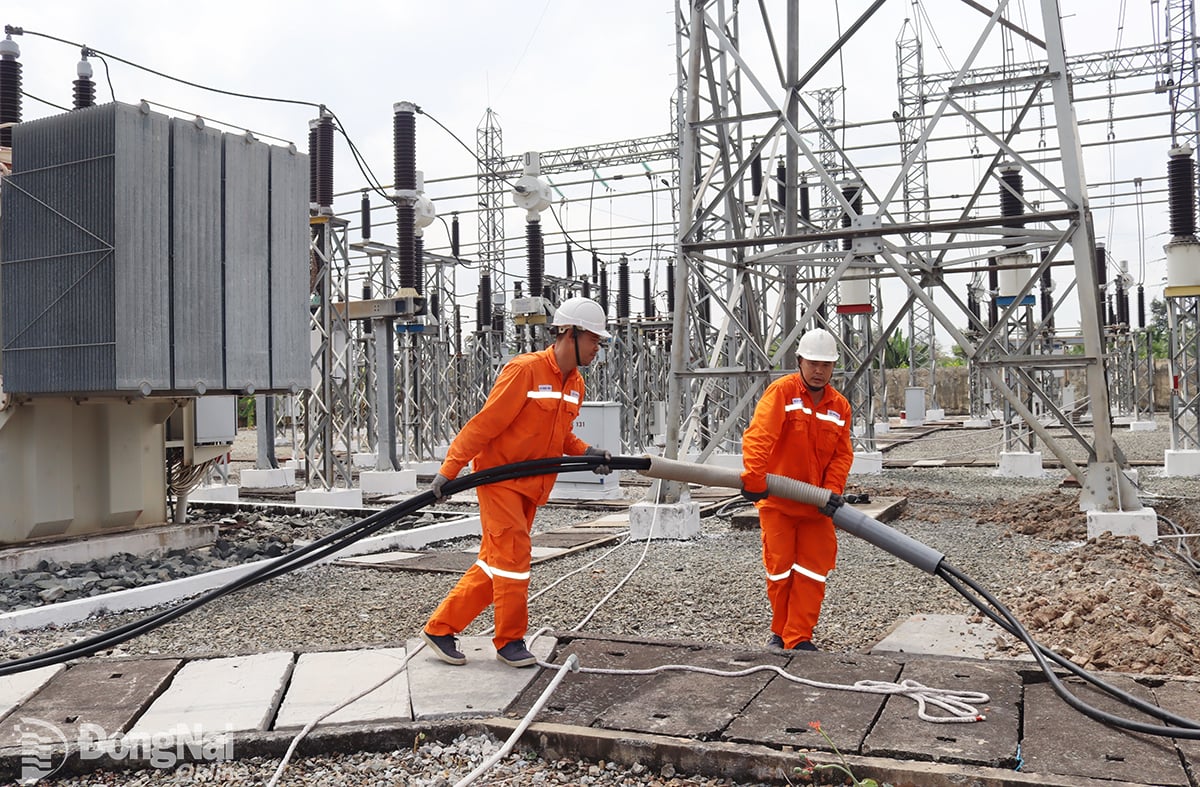








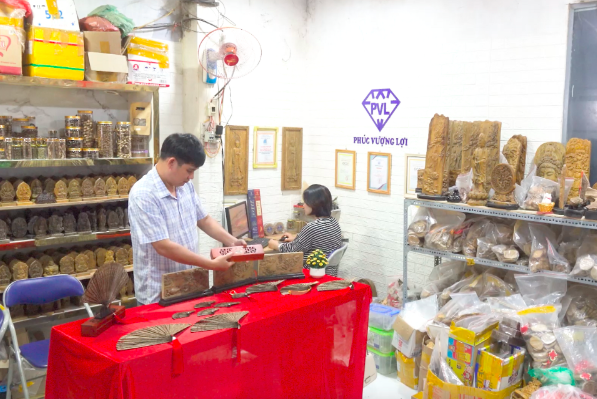



![[Video]. Building OCOP products based on local strengths](https://vstatic.vietnam.vn/vietnam/resource/IMAGE/2025/5/3/61677e8b3a364110b271e7b15ed91b3f)




Comment (0)